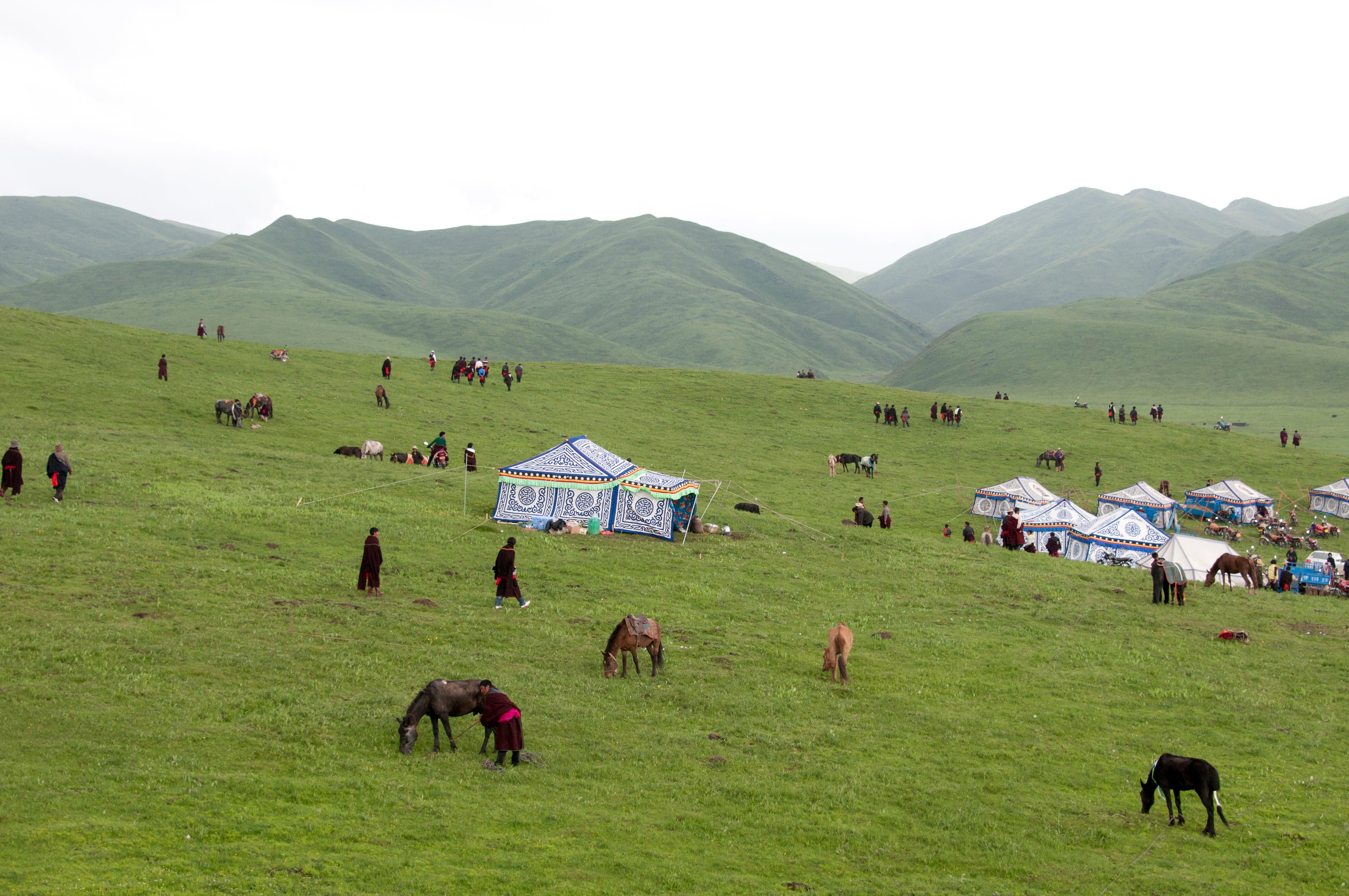
The Bu-ray Story
Buray in Tibetan means insect cloth. Known as endi in India, this rugged, off white fabric is made from the pierced cocoon of the Attacus Ricini moth whose larvae feed on the leaves of the castor oil tree. Popular in Bhutan and Tibet, this hand spun and hand woven fabric was for centuries imported from Assam. In Tibet, it was traditionally used for making casual monk’s shawls, men and women’s shirts and undergarments. Buray combines the warmth of wool and the softness of silk. An everlasting fabric, it ages with grace and comfort, developing a sheen and supple drape that molds to the body. Because the silk is harvested after the worm has emerged, it is considered a ‘nonviolent’ silk.
Buray entered Tibet via Kalimpong, West Bengal, the hub of Indo-Tibetan trade until 1959. It came in shawl size, 120 x 200 cm and was sold by the pair. Tibetans used it for making shirts, letting the fringes hang, and for undergarments. Monks had it dyed pink or maroon and used it as informal shawls or zen, as it was too short for the full, regulatory zen. It was, and still is, a prized item, appreciated for its warmth and ruggedness.
Twenty three ago, Norbulingka began using large quantities of buray for our clothing lines. We discovered that despite its popularity among Tibetans, it was hard to find a regular supply of even quality. We wanted to get closer to the source of buray and sent Jamyang, then our head tailor, to scour the markets of Guwahati, in Assam, where the markets teemed with the fabric. The Guwahati market failed to yield the secrets of bu-ray. The quality of the pieces Jamyang found there was still uneven and the shopkeepers refused reveal their suppliers. Finally, Jamyang managed to wheedle information out of a man in a tea shop that sent him off into the countryside. He realized that there was no manufacturing center, but that the making of buray was a cottage industry distributed to the homes of villagers, who were supplied with cocoons and spun and wove it in their homes.After driving out of the city and walking for two hours through fields and jungle, he reached the buray collection center for several surrounding villages. We developed a relation with the distributor who sent us his supplies across India, for selection.
Things have changed. Spinning and weaving no longer interests the younger generation, and the elder artisans are slowly passing away. In 2010, Norbulingka decided to set up our own weaving center to make the fabrics the way we want them, and we buy the endi thread from Assam and process it ourselves to make our shawls, realizing the art of buray weaving has become an endangered skill.



